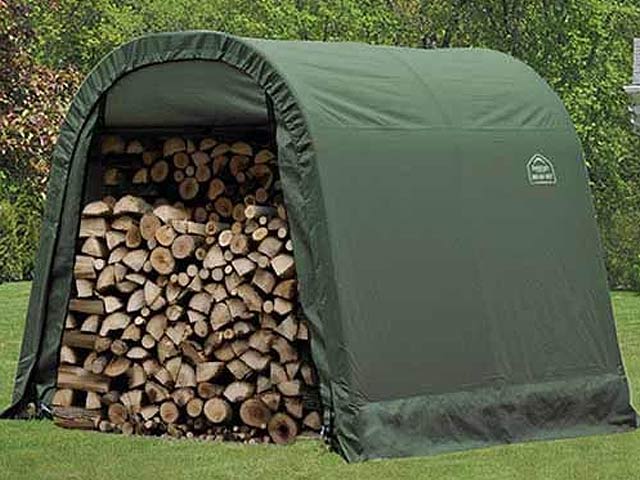Jun 18th 2020
Heat Values of Different Types of Firewood
In considering heating with wood, several factors should be kept in mind in the purchase or selection, preparation, and use of firewood. Wood is generally characterized in two categories either softwood or hardwood. Both produce very different heat values and serve different purposes when fueling a wood burning stove. Determining what type of firewood will be most beneficial for your situation is as easy as figuring out what type of fire you will be burning.
Soft woods such as eastern red cedar and elm are typically best when used as kindling as they do not produce long burn times, they retain moisture so they are harder to light and they produce a lot of smoke. Even when used as kindling, soft woods should be properly seasoned and cured before using them in your wood stove. Some other examples of soft firewood types are southern yellow pine, spruce, and fir. These wood types are resinous so they are easy to burn and produce medium heat. They are most effective when used for a quick warming fire to take the chill out of the house in the morning, or as a short fire that will burn out before you go to bed. These woods produce a lot of smoke so it is not a good idea to burn them throughout the entire day. If you want to start a wood fire that will burn throughout the day for continuous heat with lower reload times, you should use hardwoods.
Hardwoods have the highest BTU content and are considered to be the best firewood for high, intense heat. Using hardwoods such as rock elm, sugar maple, ash, red oak, beech, birch, hickory, hard maple, dogwood, pecan, and apple wood in your wood stove will not only allow you to get the most out of the firewood you buy or split, it will burn longer, cleaner, and brighter with more efficiency, and less smoke. Almond is another example of a hardwood that is great for fireplace use. Not only does it provide long lasting heat and a sweet smell as it burns, it is great firewood to use for cooking.
All firewood soft or hard should be properly seasoned and cured regardless of the application it is being used for. Allowing firewood to dry out before it is used will allow your wood stove or fireplace to operate safely and efficiently with cleaner burning sessions thus saving you money on home heating costs, and reducing fireplace and wood stove maintenance.

Firewood Storage
A firewood shed is the practical storage solution for your seasoned wood as it provides protection from harsh weather.
Shop NowRatings for Different Types of Firewood
Hard Woods| Species | Heat Value | Easy to Burn | Easy to Split | Heavy Smoke | Sparks | General Ratings |
|---|---|---|---|---|---|---|
| Ash, Red Oak, White Oak, Beech, Birch, Hickory, Hard Maple, Pecan, Dogwood | High | Yes | Yes | No | No | Excellent |
| Soft Maple, Cherry, Walnut | Medium | Yes | Yes | No | No | Good |
| Elm, Sycamore, Gum | Medium | Moderate | No | Moderate | No | Fair |
| Mesquite | High | Moderate | No | Moderate | No | Good |
| Aspen, Basswood, Cottonwood | Low | Yes | Yes | Moderate | No | Fair-Good Kindling |
| Chestnut, Yellow Popular | Low | Yes | Yes | Moderate | Yes | Poor |
| Species | Heat Value | Easy to Burn | Easy to Split | Heavy Smoke | Sparks | General Ratings |
|---|---|---|---|---|---|---|
| Southern Yellow Pine, Douglas Fir | High | Yes | Yes | Yes | No | Good-But Smokey |
| Cypress, Redwood | Medium | Moderate | Yes | Moderate | No | Fair |
| White Cedar, Western Red Cedar, Eastern Red Cedar, Juniper, Piñon Pine | Medium | Yes | Yes | Moderate | Yes | Good-Excellent Kindling |
| Eastern White Pine, Western White Pine, Sugar Pine, Ponderosa Pine, True Firs | Low | Moderate | Yes | Moderate | No | Fair-Good Kindling |
| Tamarack Larch | Medium | Yes | Yes | Moderate | Yes | Fair |
| Spruce | Low | Yes | Yes | Moderate | Yes | Poor |

